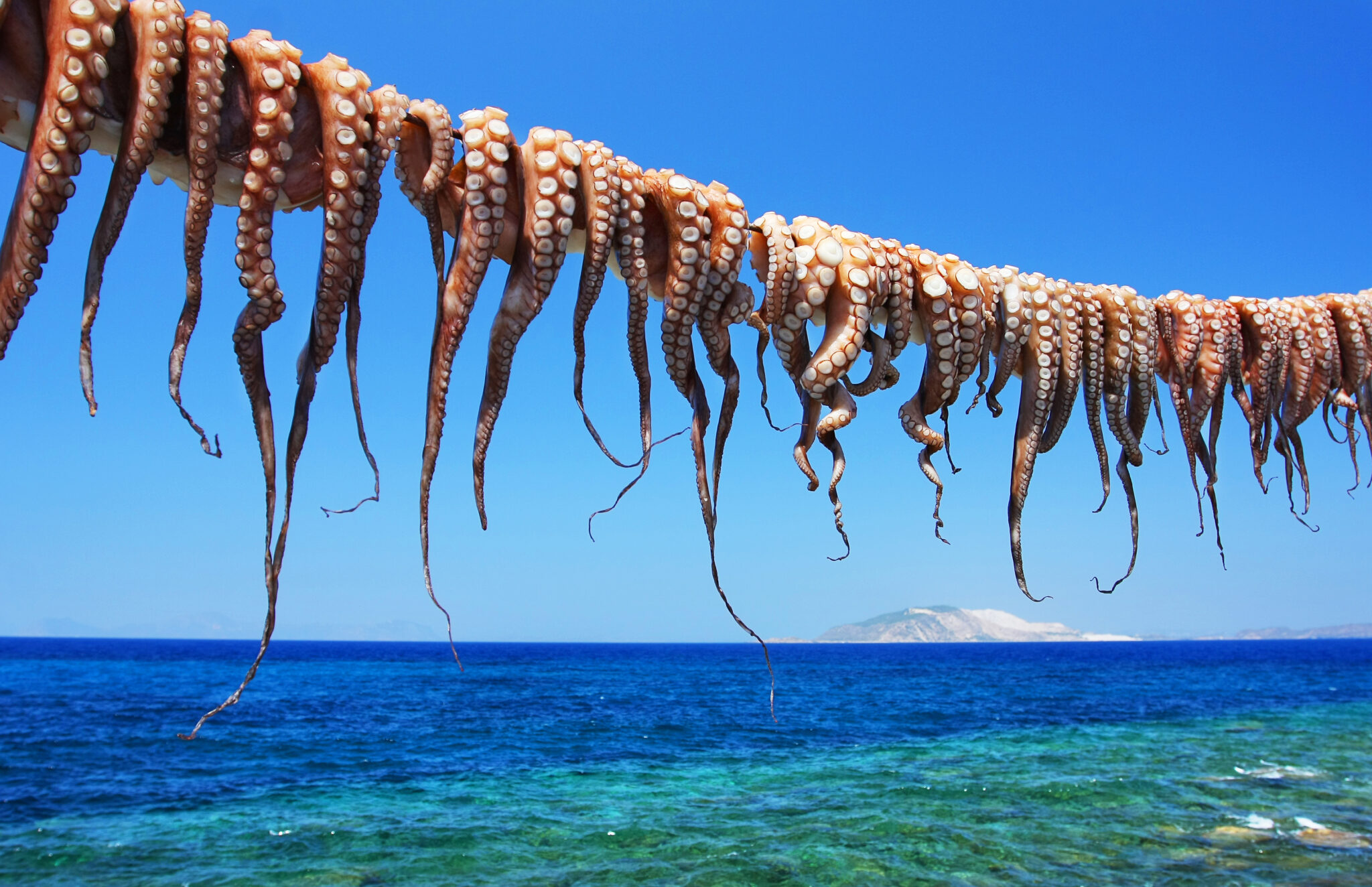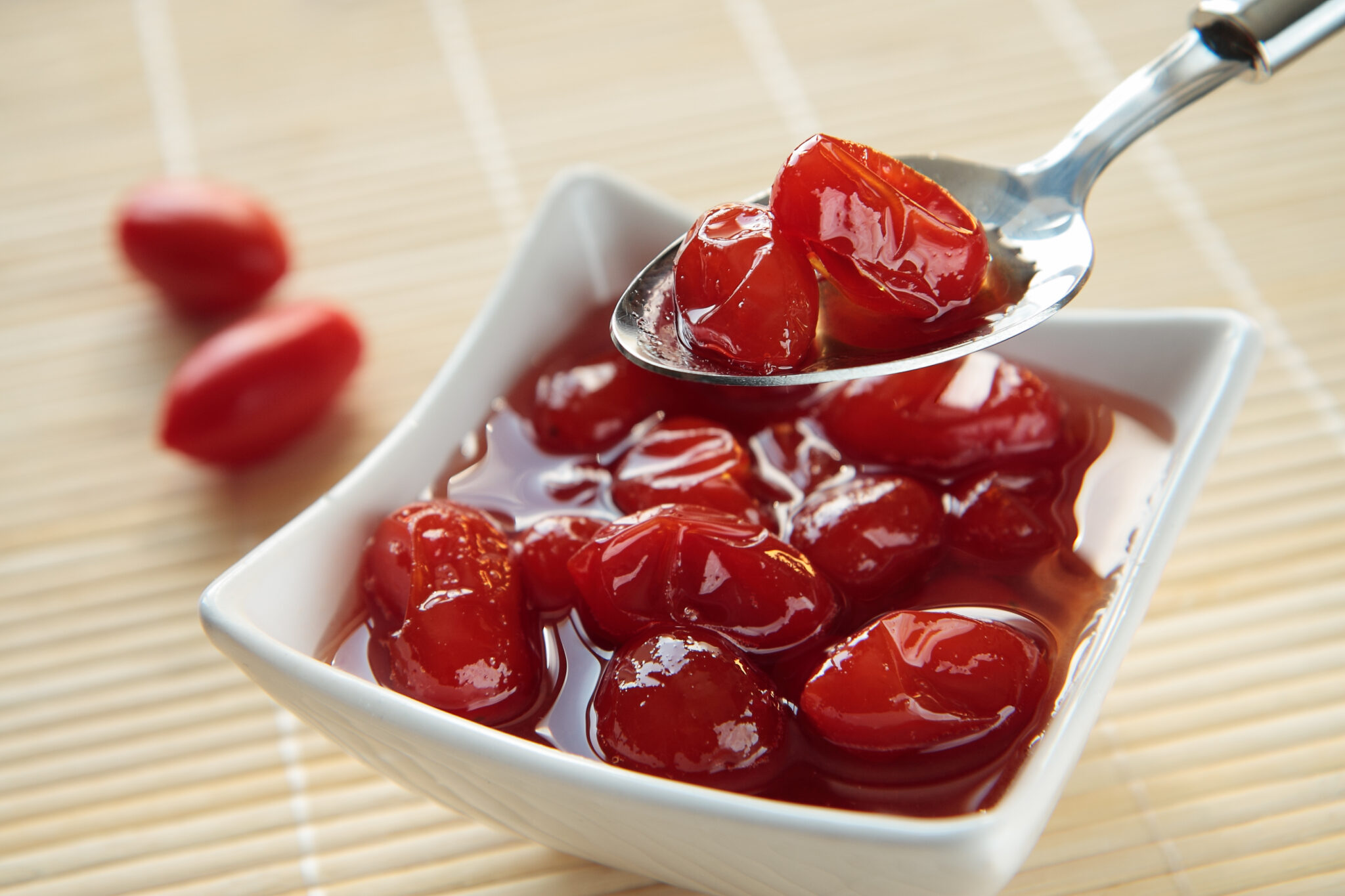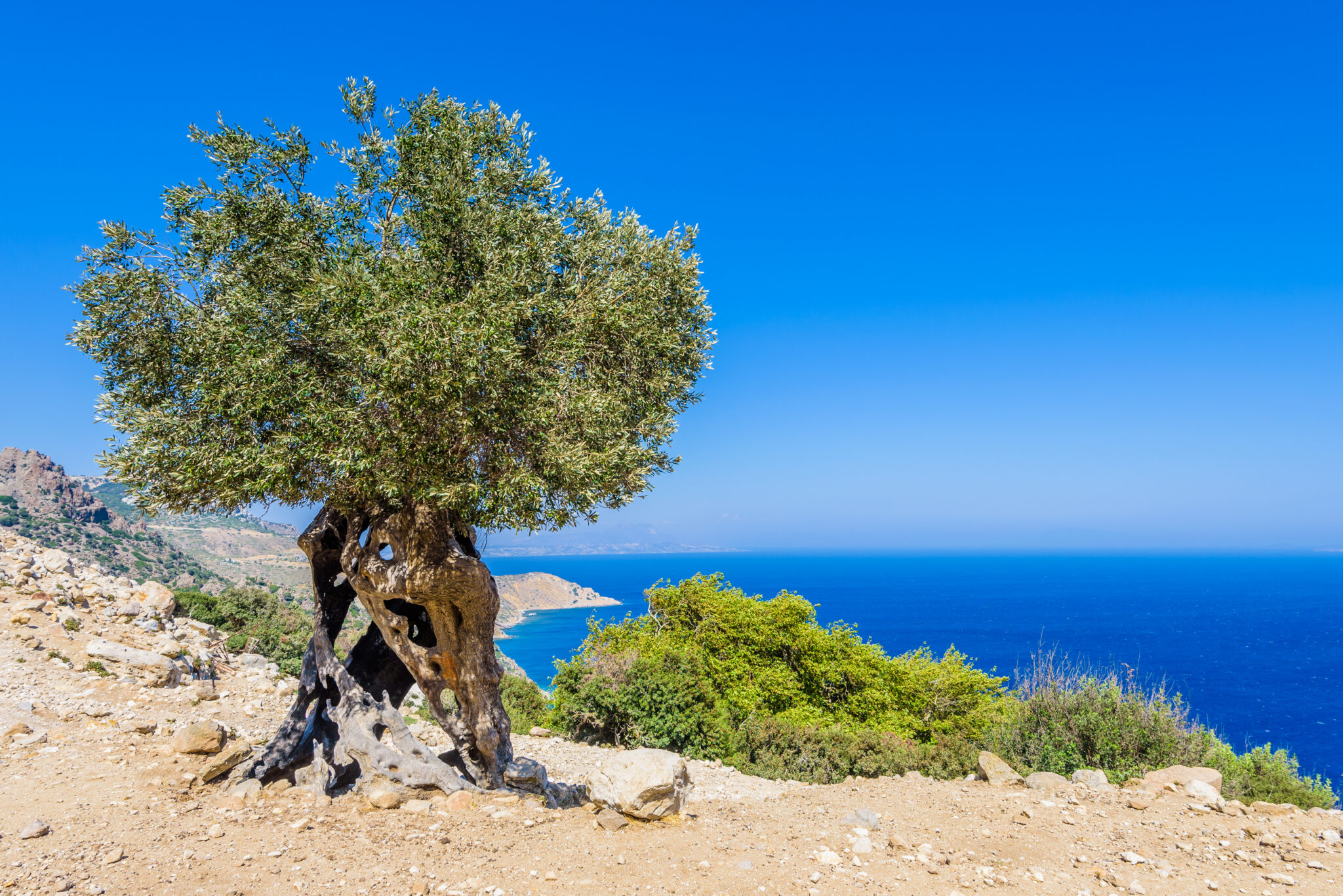Kos rich and fertile soil yields a cornucopia of fresh vegetables and provides the perfect foundation for thriving olive groves and vineyards. The island’s livestock farming is advanced, with a diverse array of animals including cattle, sheep, goats, pigs, and chickens, and the production of delicious cheeses. With a long coastline, fishing is a popular activity on the island, resulting in the notable selection of freshly caught fish and seafood.
For a true taste of Kos, don’t miss the Antimachia thyme honey, renowned for its aromatic taste that can be savoured at the honey festival in Antimachia alongside a variety of locally-made sweets flavoured with honey. And for an even deeper dive into the island’s honey production, visitors can explore its bee farms up close.
The most characteristic cheese of Kos is the ‘cheese of Posa‘ or “krasotyri” (PDO), which is cylindrical in shape with grooves in its crust. It is slightly salty and made from goat’s or sheep’s milk, with a buttery texture and a slightly sharp aftertaste. It is matured in red wine deposits (“posa”) for a month, which gives it a reddish colour on the outside while the inside remains white. Other cheeses produced in the island’s dairies are kefalotyri, graviera and mizithra.
From hearty meat dishes like pork with bulgur or beef with chickpeas baked to perfection in the oven, to delectable seafood specialities like savoury octopus meatballs and stuffed courgette flowers, there’s something to tantalise your tastebuds. Looking for a taste of tradition? Don’t miss the mouth-watering lamb stuffed with rice, liver, raisins, and aromatic greens, known as “pichti”, or the “Katina”, a pie made with the local Posa cheese, onions, and eggs, that’s a traditional treat prepared on August 15th.
For those who prefer lighter fare, the ‘evreiko’, a delicious omelette with tomato and onions, is a must-try, while pasta lovers will revel in options like pittardia, macaroons, and handmade pasta served with grated local mizithra cheese.
Among the desserts, a wonderful tomato spoon sweet and the peculiar open “lambropites” (cheese pies) with myzithra cheese, sprinkled with ground pepper and cinnamon stand out. Also try the “sarsoumades” (a fried dessert flavoured with honey) and “mairia” (a cream flavoured with flower water, walnuts and cinnamon) and “marmarites” (pancakes made on Epiphany and served with sugar or honey), which used to be prepared on special heated marble, (hence their name, as “marmaro” means marble).
Popular refreshments include the fairly sweet cinnamon soda (available bottled) and “soumada” made with bitter almonds.
Olive groves dot the island of Kos, and the virgin olive oil produced here is second to none. You won’t want to miss the green crushed olives or the “hamades”, an irresistible variety of salted, very ripe olives served up for immediate consumption. The vineyard of Kos is equally remarkable, with a history of grape cultivation that spans thousands of years. The famous ‘Kos wine’ was once renowned throughout the known world, and today the local wineries continue to produce exceptional wines that are a true delight for the senses. With varieties like Syrah, Assyrtiko, Kydonitsa, Grenache Rouge, Malagouzia, Chardonnay, Merlot, and Cabernet Sauvignon, there’s a wine to suit every palate.
If you’re a wine enthusiast, be sure to visit the two wineries open to the public and taste the unique flavours of PGI Kos, the local Kos wine that’s been produced here since 2008. With such an abundance of incredible produce, Kos is a true haven for foodies and wine lovers alike, offering a truly unforgettable culinary experience that’s not to be missed.
Sightseeing in the Capital of the Dodecanese Island of Kos
Consumate Kos Island: Bars and Cafes in Kos Town
Must See Sights on the Aegean Island of Kos










